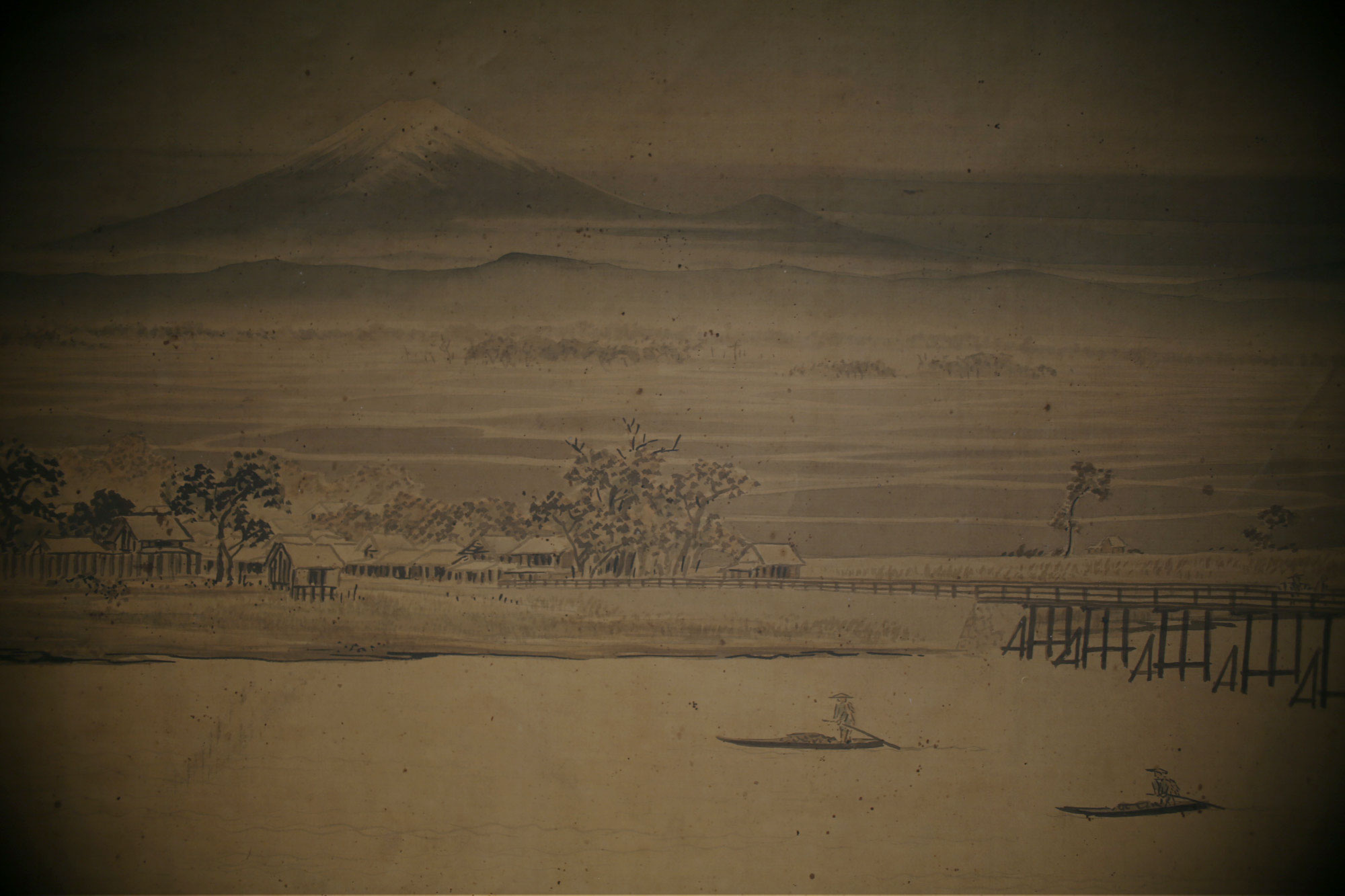

Miso and an end of Edo Period
’Miso and an end of Edo Period’
Founded in 1867
Mosuke Takahashi started miso and soy sauce production when the Shogun age was coming to an end and modern Japan was about to flourish. He found a place to start his business in Akita, where there was plenty of clean water and quality rice. This is where our factory stands today, in Iwasaki, Yuzawa.',’味噌と幕末’
慶応三年(1867)。
倒幕運動が激化し大政奉還が行われた江戸時代の終焉、混乱の年。江戸から遠く離れた地、奥羽(秋田)で味噌作りを始めた一人の男がいました。その男こそ、当社の創業者である初代・高橋茂助でした。元々その地(現在の秋田県湯沢市岩崎)には、穏やかな川が流れていたことから、船の往来に適しており、城下町としても栄えていました。
茂助は、美しい水と秋田の豊富な米を使用した味噌作りに没頭していきました。ここからヤマモの味噌醤油が始まったのです。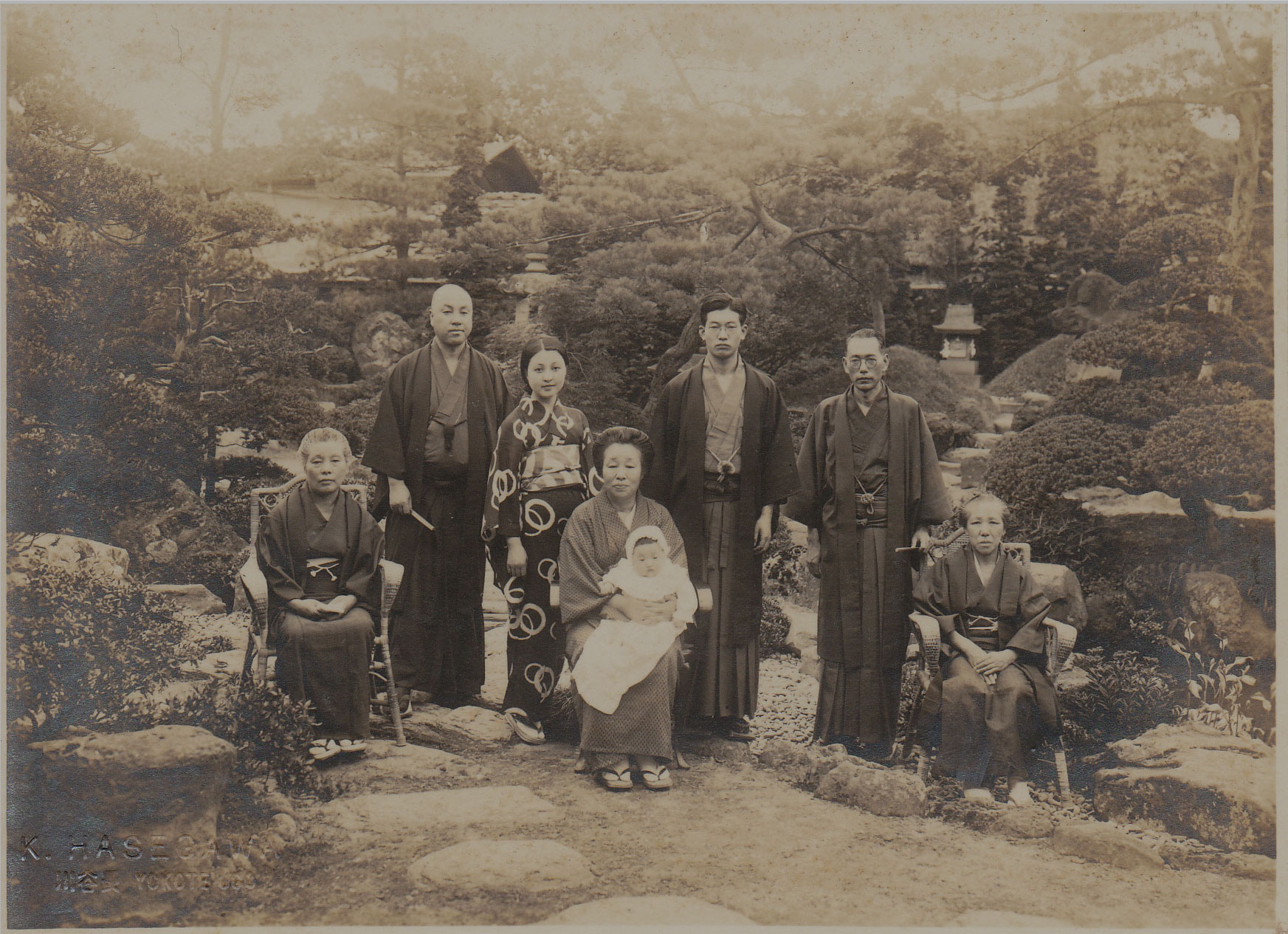

The Myth of The River
’The Myth of The River’
Miso production cannot be without clean water. Our factory is near a river called Minase River. A legend says there was a fierce dragon that watched over the river. One day he fell in love with a beautiful princess. When she turned 16, he kidnapped her. She succumbed and became a large snake in order to appease him. With the dragon now content, the river became calm and peaceful.
’川は今日も穏やかなり’
美しい川は、皆瀬川と呼ばれています。川には、室町時代から伝わる竜神伝説がありました。
~昔むかし、皆瀬川には怒れる竜神が棲んでいた。竜神はその地の姫君を見初め、姫君が16歳になった時、その身をさらった。姫君は人の姿を捨て、自らも大蛇となり、竜神の怒りを鎮め、その地の平和は永久に守られた~
悲しい伝説の眠るこの川は今日も穏やかに流れ、高橋茂助にはじまる一族はこの川の恵みを土地の産業とし、庭園にこの地の水神とその恵みに感謝の念を込めました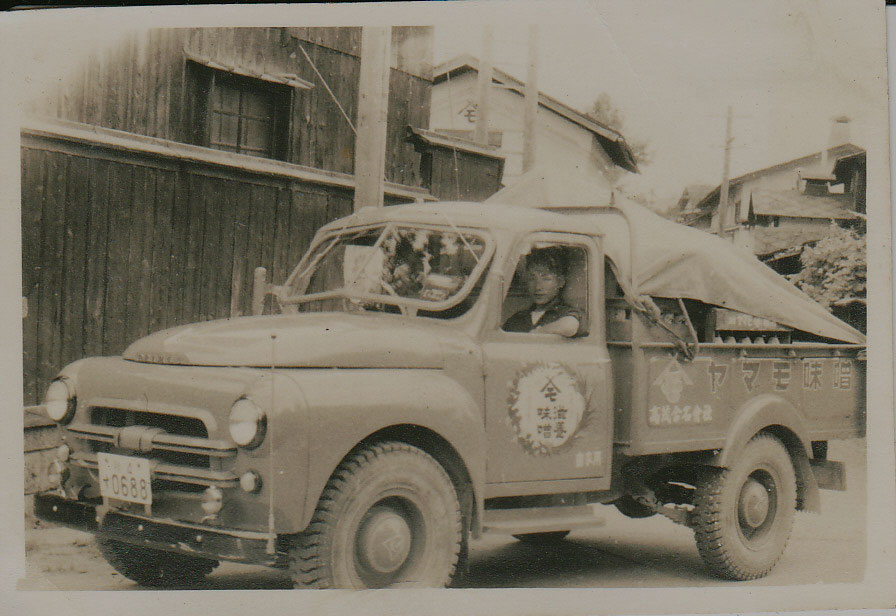

World War Two
’WWII’
Our miso production carried on during WWII despite a shortage of ingredients. A large portion of Japan was under attack, and Akita was no exception. Sometimes the military requested our miso and soy sauce for their troops. Tall chimneys and large storage facilities were obvious aerial targets. We painted our facilities black in order to avoid air strikes and continued our business.
’私たちの戦争’
世界大戦が激化する中、秋田にも戦争の暗い影はしっかりと落ちていました。
全国各地が空襲に脅える日々。秋田も例外ではありませんでした。しかしそんな状況でも醸造の手を止めるわけにはいきません。戦時下では、軍隊から原料を預かり、軍用の味噌・醤油を作ることもありました。工場には長い煙突もあり、爆撃の標的になり得る危険な状況が続きましたが、目立たぬように蔵を黒く塗るなどの工夫をしながら、製造を続けていました。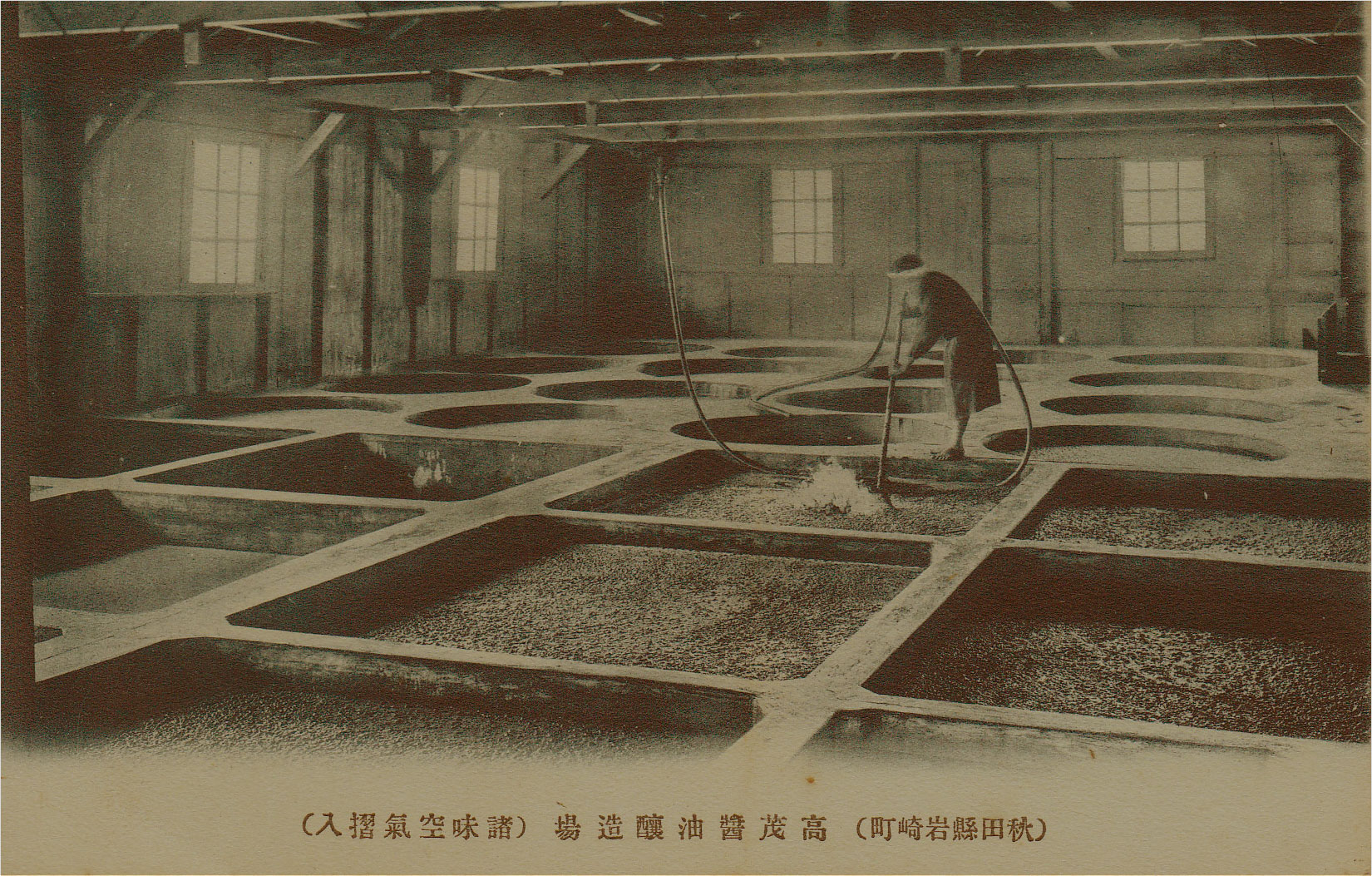

How ‘Sweetened’ Soy Sauce Came to Be
’How ‘Sweetened’ Soy Sauce Came to Be’
For generations people had to preserve food for Akita’s unforgiving winter. Consequently, copious amounts of salt were required. This salt, however, was a cause of various health ailments. How can we reduce health risks but still preserve the quality of our soy sauce? The answer was our ‘light soy sauce’ which uses less salt. It still has the same flavour of our original soy sauce, but with a hint of sweetness. This balance of salty and sweet quickly became our iconic taste, and a household brand in Akita.
’あま塩しょうゆができるまで’
秋田の人々は厳しい冬を過ごすために、沢山の保存食を作っていました。保存食には多量の塩を使用します。自然と塩分摂取が多くなってしまう食生活の中で、秋田の人々は長年様々な病気に苦しんできました。
どうにかして、秋田を健康に出来ないだろうか。そんな中で生まれたのが、塩分を控えた醤油でした。秋田の人々が健康に生きるために考え出した醤油は、塩分控えめでちょっぴり甘い、絶妙なバランスの味になったのです。
そんな過去を持つ当社の醤油たちは、煮物に、つけ醤油に、かけ醤油にと、秋田の台所のあらゆる場面で活躍しています。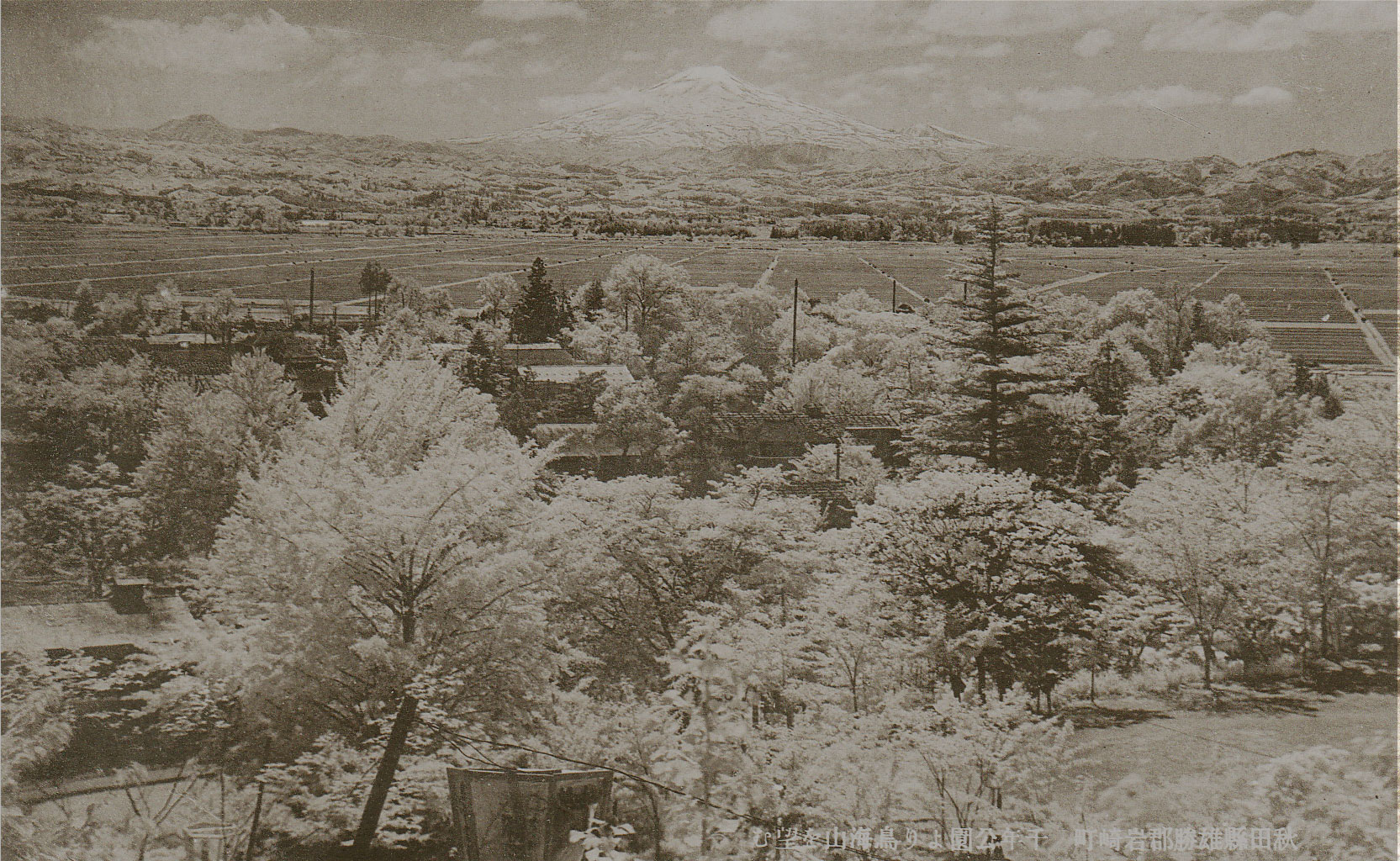

Gentle Observation
’Gentle Observation’
Rice and Akita Miso have one thing in common: care and attention of the crafts people. Like planting rice, miso production starts when snow melts in spring. From there, miso requires a full year of fermentation through the seasons. While rice farmers pray for protection from drought and typhoons, miso crafters watch over the fermentation process with similar reverence. The cold winter sees through the last stage of miso production and the spring table quietly awaits its arrival.The rice that Akita farmers worked hard to produce is used in our miso products. In this region famed for its quality rice, our miso is made with twice the amount of rice-malt than in other areas. Its sweet and nutritious flavour comes not only from the rice-malt we use but also from the care and decades-long experience that our crafts people put into the final product.
’ただ見守るというやさしさ’
お米と、秋田味噌。この二つにはひとつの共通点があります。それは、作る人の見守る心。
春の田植えと同様、当社の味噌は雪解けを待ってから仕込みます。味噌はその後1年かけて、自然の気温変化を感じながらゆっくりと発酵していきます。米作農家は、夏の日照りや台風が行き過ぎるのを祈りながら、味噌職人たちは、味噌を急かさず、焦らず、根気強く見守ります。寒い冬、味噌は最後の眠りにつき、春の訪れとともに皆さんの食卓に上るのを静かに待っているのです。
農家の人々が丹精こめて作り上げた米は、もちろん秋田味噌にも使用されます。米どころの当社が味噌に使用する米麹の量は、通常の倍近く。職人たちの優しさに育まれた味噌は、米麹の甘味が満遍なく行き届き栄養たっぷりに仕上がります。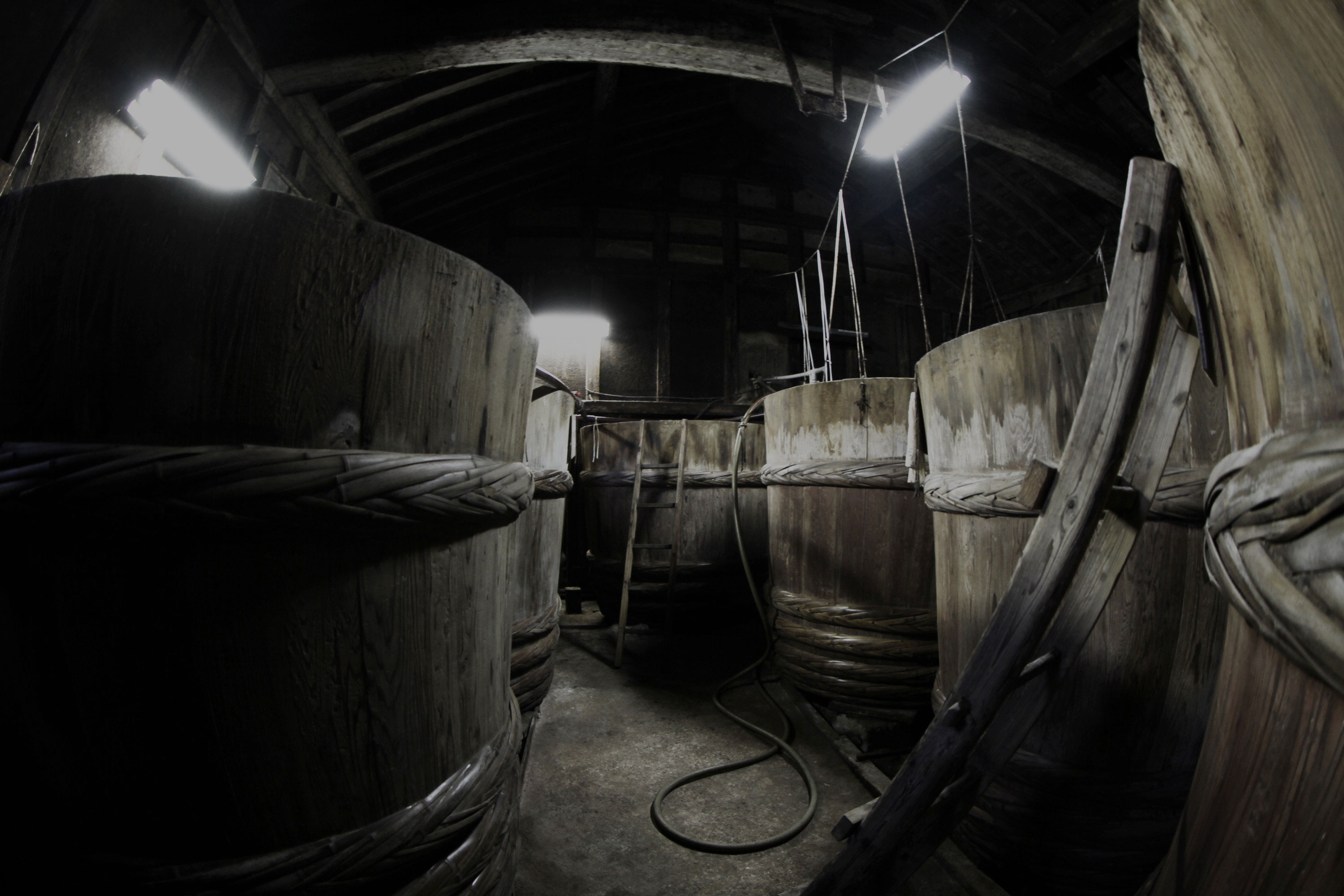

Standards Upheld
’Standards Upheld’
Since Yamamo began over 140 years ago, we have continued to reach new milestones. During the 4th generation of our production, we achieved nation-wide demand. From the 1970’s, we started door to door delivery service for the elderly. Our company has changed with the times, but our love and pride for fine miso and soy sauce remain strong. Our current wish is to share this passion for our products with a yet wider audience.
’変わらぬもの’
当社は、創業者・高橋茂助が地元で味噌を作り始め、四代目の時代には商品の全国展開を開始、昭和50年代には、一人暮らしのお年寄りなどに喜ばれるトラックでの直売を始め、今日までの約1世紀半の間、醸造を続けて来ました。
時代とともに移り変わってきた当社ですが、今も昔も秋田の味噌醤油を心から愛し、また一人でも多くの方にこの味を知って頂けるよう、製造を続けていきたいと思っております。
ヤマモの先人が秋田の人々を健康にしてきたよう、和の発酵調味料は世界の人々を圧倒的に健康にすると信じています。私たちは、世界の旅を通じて実感したその信念を貫き、次世代へ和の食文化を紡ぐべく、これからも歩みを進めて参ります。